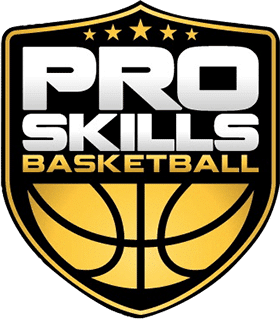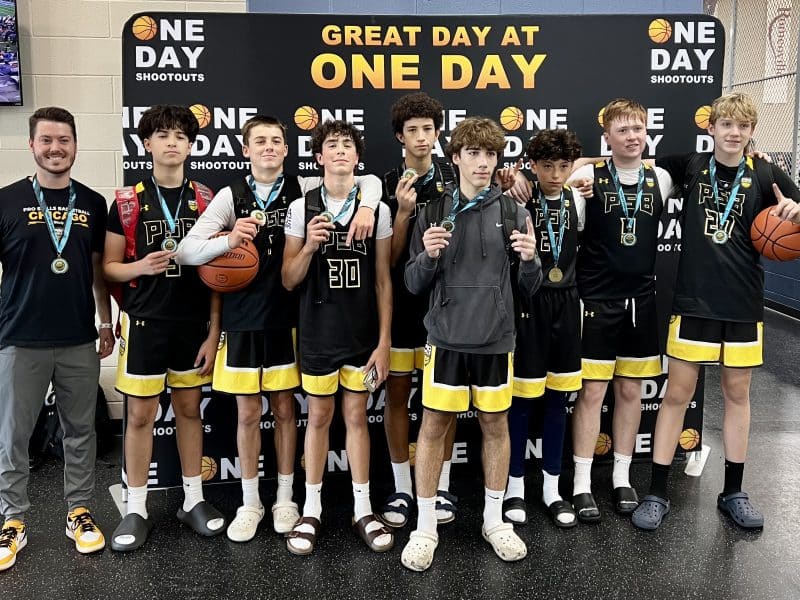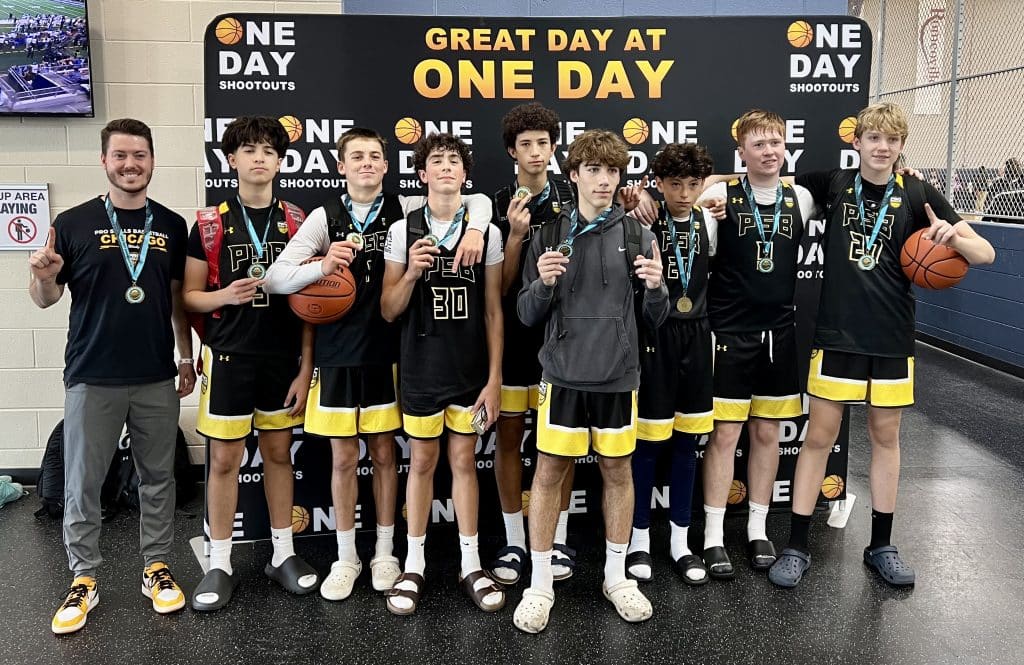
Best Practices for Running a Successful Youth Basketball Program
Youth basketball organizations face a unique set of challenges—from competing priorities and imperfect experiences to communication hurdles and high customer expectations. At Pro Skills Basketball, we’ve distilled our lessons into six foundational best practices that any program can adopt to elevate player development, improve parent and coach satisfaction, and build a thriving culture focused on skill growth. Below, we dive deep into each area, offer action steps, and link you to resources to help you implement these proven strategies.
1. Clarify Your Mission and Vision
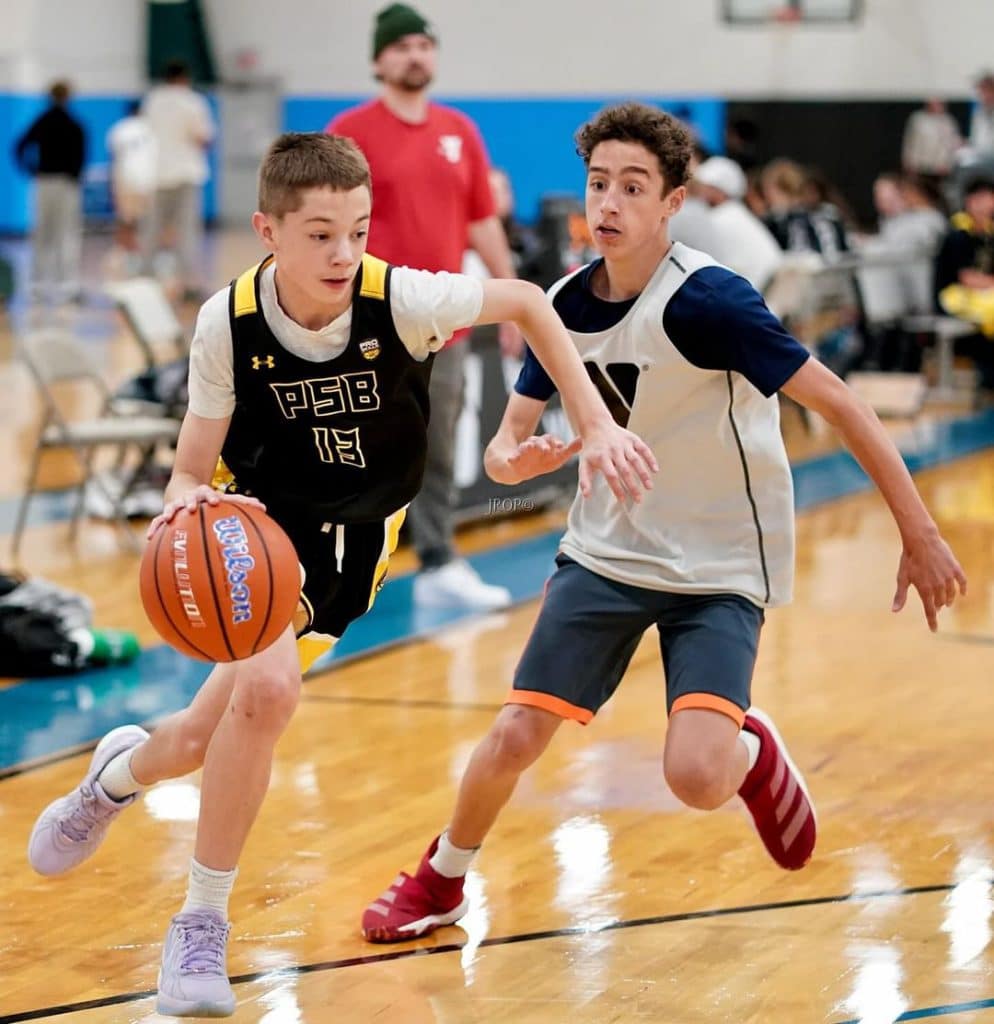
Before you run any drills or design a practice plan, define your organization’s “why.” A clear mission and vision:
- Guides decision making: Helps you say no to misaligned opportunities
- Attracts your ideal families: Parents and players who share your goals
- Aligns staff and coaches: Everyone works toward the same culture
2. Focus on Your Ideal Fit—Don’t Be Everything to Everyone

Trying to serve every family inevitably dilutes your brand. Instead:
- Define your core programs (teams, camps, clinics) and excel at those
- Identify who is and isn’t a good fit—be transparent at tryouts and on your website
- Offer referrals to other programs when prospects fall outside your focus
3. Set Expectations Early and Often
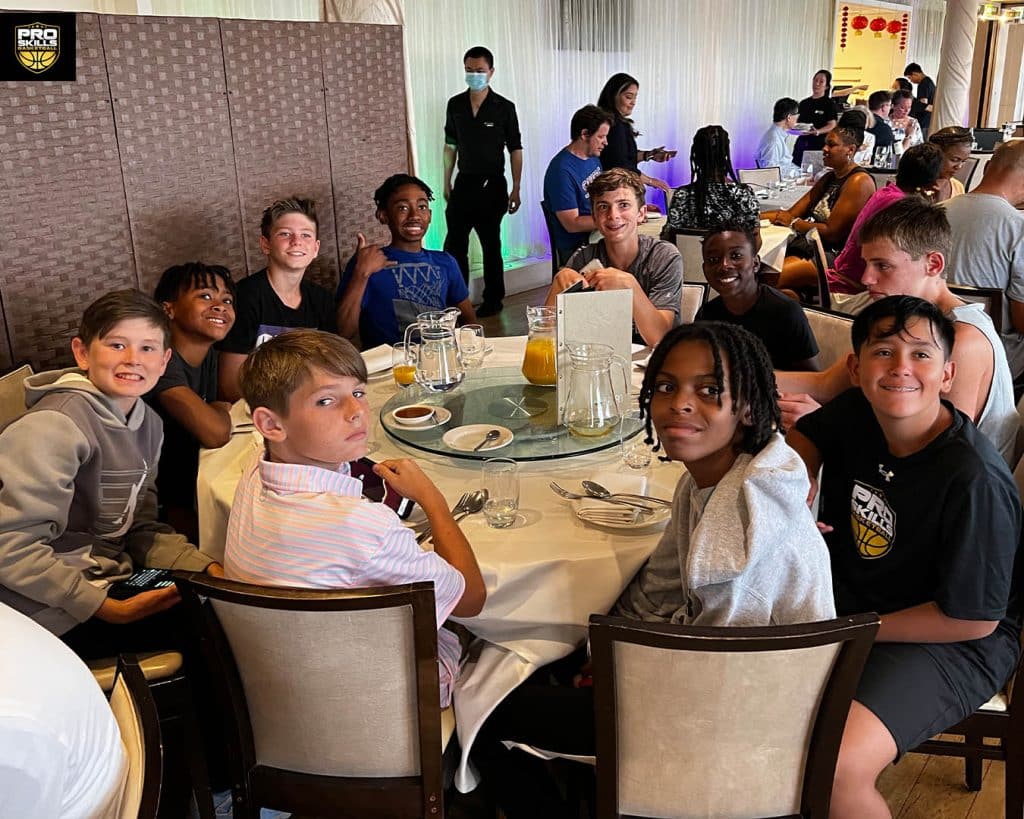
Transparent policies save time, reduce conflict, and boost trust.
- Create detailed parent and coach handbooks covering: payment, conduct, practice attendance, communication protocols
- Hold in-person or virtual meetings to walk through handbooks at registration, tryouts, and pre‑season
- Reinforce policies in emails, on your portal, and at team events
4. Lead with Empathy
Empathy fosters loyalty and positive word‑of‑mouth. Practice empathy by:
- Anticipating facility managers’ concerns (damage, payment delays) and addressing them upfront
- Listening to upset parents/coaches, acknowledging feelings, and explaining your policies with respect
- Supporting your coaches by handling logistics so they can focus on coaching
5. Master Communication & Organization
Timely, clear communication is non‑negotiable:
- Establish SLA for responses (e.g., reply to emails/voicemails within 24–36 hours)
- Use a centralized platform (TeamSnap, SportsEngine) for schedules, payments, and messaging
- Assign a dedicated coordinator to monitor communications and logistics
6. Commit to Continuous Improvement
The best programs never rest on past successes. To stay ahead:
- Benchmark against top youth programs in and outside basketball
- Leverage podcasts, books, and courses on leadership, marketing, and player development
- Establish a feedback loop: surveys, one-on-one interviews, and coach roundtables
Ready to take the next step in your child’s basketball journey?
Pro Skills Basketball offers Club Teams, Camps, Clinics, and Academies in 25+ cities across the U.S.
👉 Find your city and sign up today to join a program focused on real development, experienced coaches, and a culture that puts players first.
📩 Contact us at admin@proskillsbasketball.com
📞 Call us at 866-996-3888
